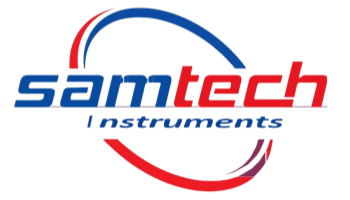- Pick up from the Samtech Store in Ambala
To pick up today
Free
- Courier delivery
Our courier will deliver to the specified address
4-5 Days
200+

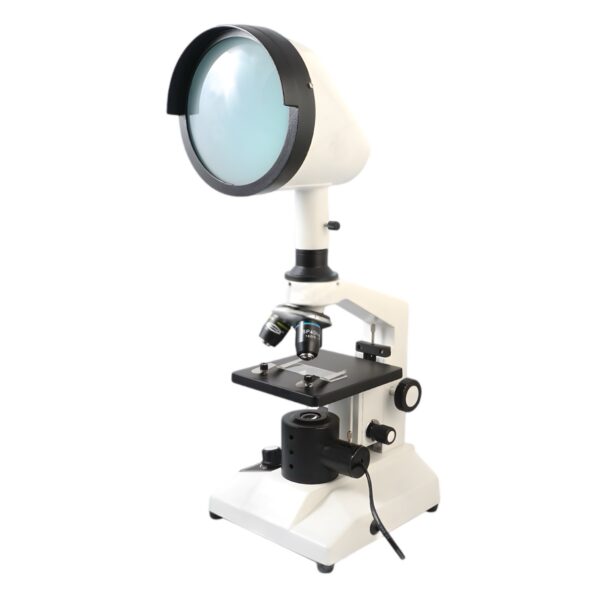
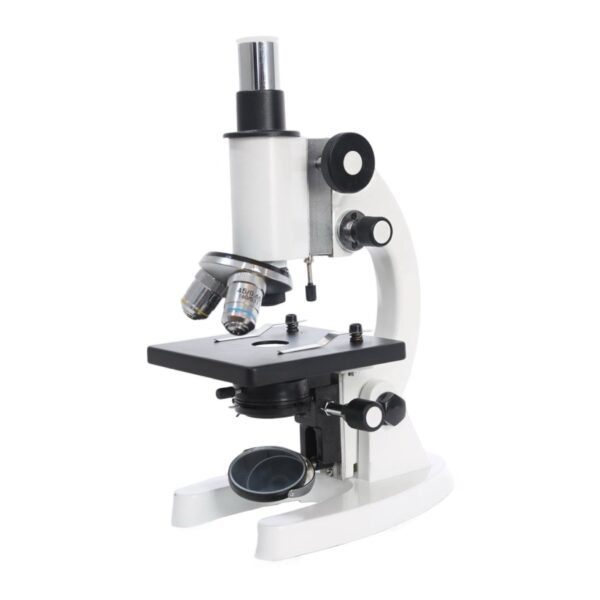
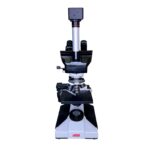
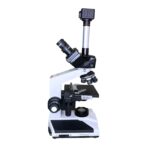
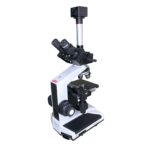
Digital Trinocular Microscope Specifications:
₹30,000 Original price was: ₹30,000.₹19,500Current price is: ₹19,500. (Exc. GST)
To pick up today
Free
Our courier will deliver to the specified address
4-5 Days
200+
A Digital Trinocular Microscope with a 2MP USB Camera in a school lab offers a combination of advanced optical features and digital technology. This setup provides significant benefits in terms of enhanced learning, convenience, and resource sharing. Here’s a breakdown of the key benefits of using such a microscope in a school lab:
In summary, a Digital Trinocular Microscope with a 2MP USB Camera enhances the educational experience in a school lab by combining traditional microscopy with digital technology. It improves collaboration, documentation, engagement, and accessibility while providing clear, high-quality visuals that can support a wide range of science topics and experiments.
In stock
In stock
In stock
In stock
In stock
In stock
No account yet?
Create an Account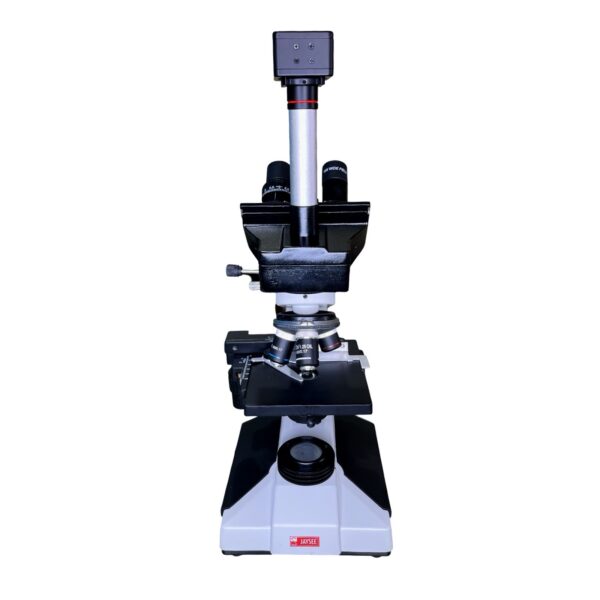
SAMTECH INSTRUMENTS
Typically replies within minutes
Any questions related to Digital Trinocular Microscope with 2MP USB Camera?
🟢 Online | Privacy policy
WhatsApp us
